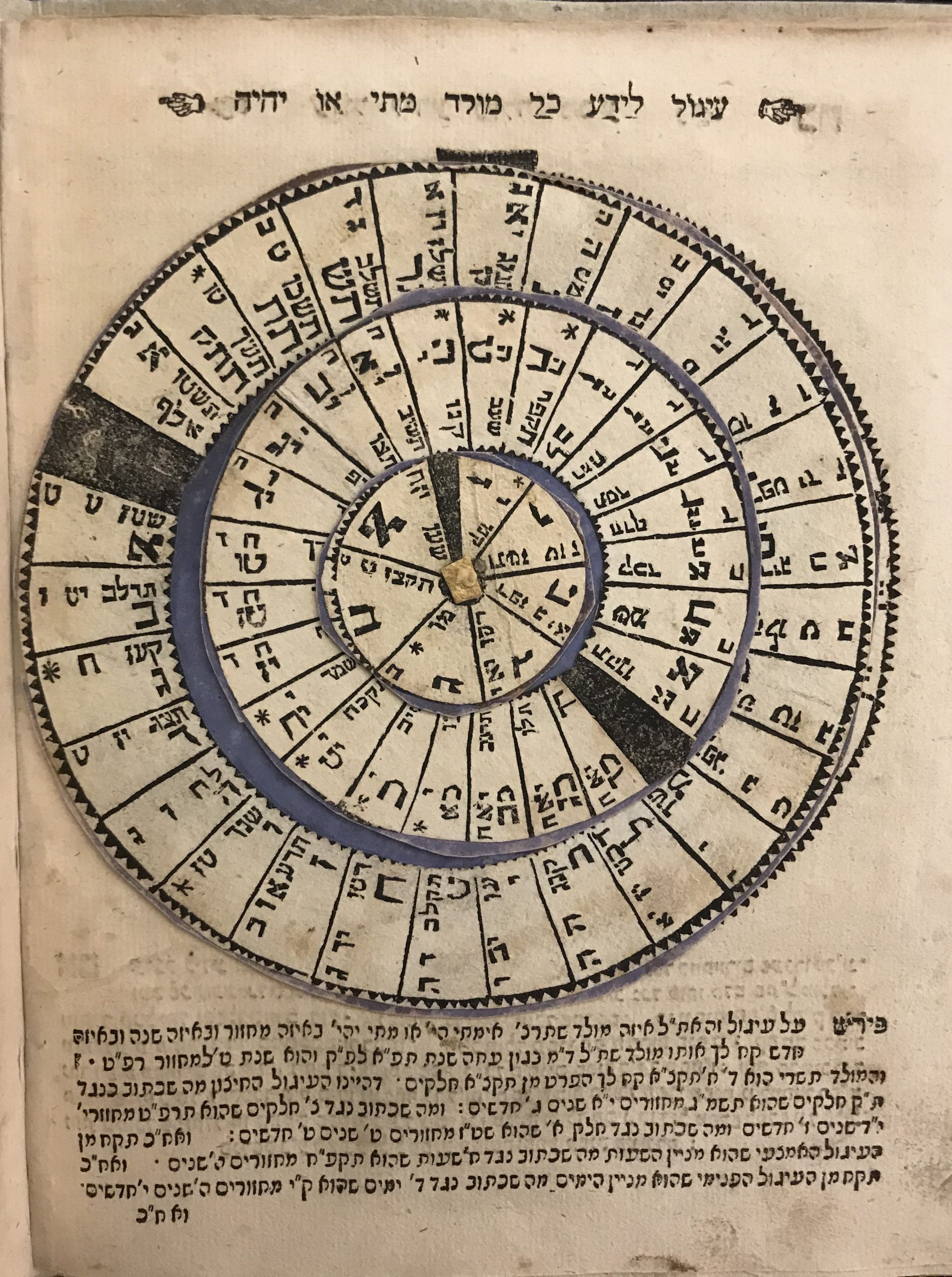The Jewish or Hebrew calendar
A lunisolar calendar
The Hebrew calendar is also called the Jewish calendar. It is a lunisolar calendar used today for religious observance and as an official calendar of Israel. It determines the dates of Jewish holidays and festivals and other rituals, and the schedule of the weekly reading of the Torah portions. In Israel, it is used for religious purposes, provides a time frame for agriculture, and is an official calendar for civil holidays alongside the Gregorian calendar.
Like other lunisolar calendars, the Hebrew calendar consists of months of 29 or 30 days. These begin and end at approximately the time of the new moon. The 12 Hebrew months comprise a total of just 354 days, so an extra month – Adar Shayni or Adar 2 – is added every 2 or 3 years so that the long-term average year length closely approximates the actual length of the 365 day solar year.

Gregorian month alignment
The diagram below shows the approximate alignment of the 12 Hebrew lunar months against the 12 Gregorian months. It also shows the approximate timings of the various Jewish Festivals.
